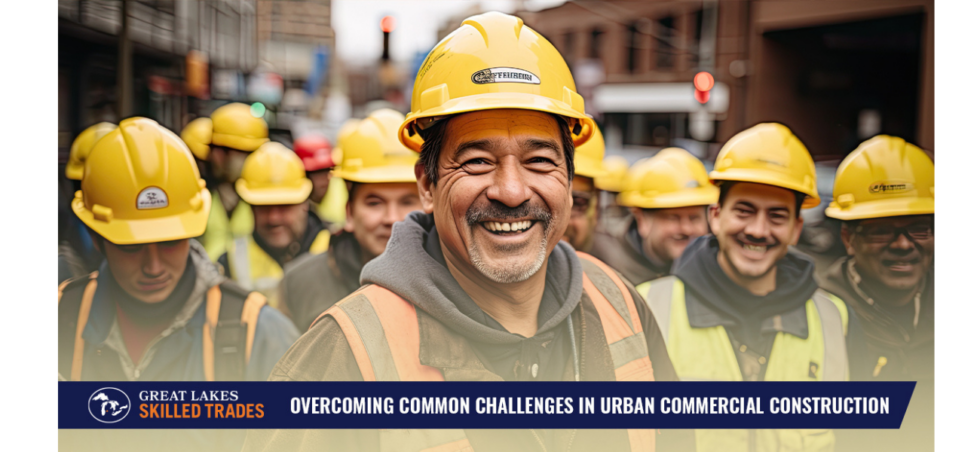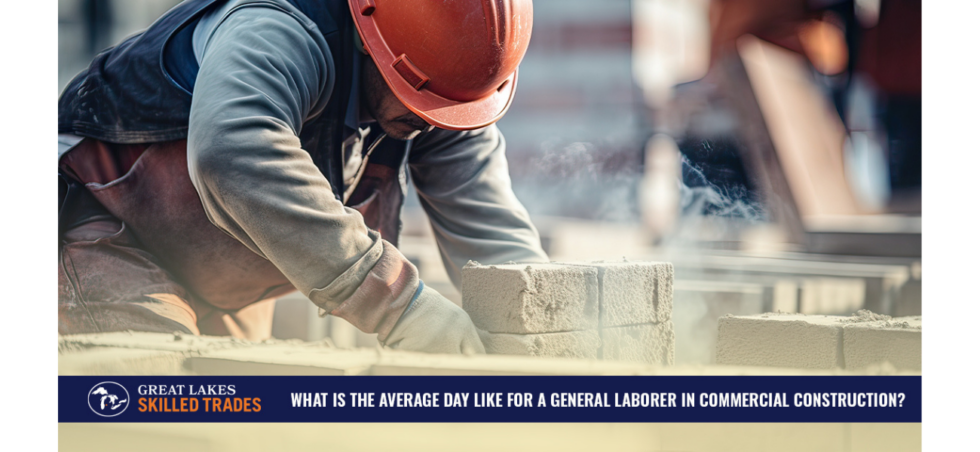Recognizing when tools or equipment require maintenance/replacement is crucial for both operational efficiency and worker safety. Regular maintenance checks, understanding the nuances of each tool and equipment piece, and discerning when replacement is necessary are essential aspects of effective management. Here’s how to improve your equipment and tool management process.
Establish Tracking Protocols
Managing your tools and equipment starts with data. Establish protocols to track tools and equipment throughout their lifespan, including:
- Delivery
- Installation
- Ongoing inspections
When an inspection shows that an item is past its useful life, start the process all over again.
Prioritize Preventive Maintenance
Don’t just fix things when they break. In coordination with your maintenance team and manufacturer instructions, establish a comprehensive preventive maintenance program for each tool and piece of equipment. This should form the heart of your equipment and tool management process, because it enables you to maximize item lifespans while maintaining the highest safety standards.
Improve Communication
Your frontline employees will be the first to identify any equipment or tool issues. They need a clear process for reporting any problems they observe. But communication shouldn’t be one-way. It’s also important to set up a process of keeping them informed of what’s going on with repairs or replacements. After all, they will be the ones who have to work around the situation until it is resolved.
Track Your Items
By nature, tools and equipment tend to move around a lot. A team might take certain items to use in the field. A tool might change hands multiple times. These things can make it tough to schedule maintenance or even keep up with exactly what you have in service. Utilize tracking technology, and you will be able to keep up with your entire inventory at all times. You can even note when each item is due for maintenance.
The equipment and tool management process can feel overwhelming, especially if you have a bigger company. But tracking, communicating with frontline workers, and implementing preventive maintenance schedules can ensure that you get the most out of each item.
Need a Skilled Trade Professional?
At Great Lakes Skilled Trades, we specialize in connecting contractors with professionals in the skilled trades throughout the Great Lakes region. If you need a skilled tradesperson, learn more about our services and then contact us today!









